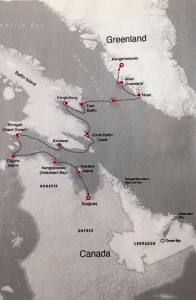A Placemaking Journal
Cape Dorset: Heart of the Arctic Day 5
Tuesday, July 21, 2015
Today we explored the Nunavut community of Cape Dorset, also known as Kinngait. Cape Dorset is a meta-incognito micro continent, which simplistically means that there are a lot of different rocks, but mainly glacially-sculpted granite. It is a crag and tail shape landform that the locals think looks like a polar bear lying down.
The first thing that happened to me after I arrived was to receive hugs from four little kids who were playing by the side of the road. Ages 5, 6, and 7, they didn’t want anything from me but to say hello and welcome. It was an interesting reflection of the kindness and hospitality we were to soon experience from their parents.
That moment reminded me of a conversation at breakfast with filmmaker John Houston about the sovereignty of children, and his own experience of growing up in Cape Dorset. The Inuit children’s behavior is also a testament for how infrequently this community receives visitors – clearly their parents haven’t been telling them to not talk to strangers, because there are few strangers. They do have a series of scary fairytales of half-person sorts of creatures who were said to grab children who venture out onto thin ice, in order to encourage kids to stay on firm ground. The humans, however, are generally to be trusted, and must be relied on heavily to stay alive through the long winters. Even at 5 or 6 years old, John was allowed to go off on dogsleds with neighbors for the day, and was likely to be the last child in the woods.
A rock quarry nearby to Cape Dorset produces about 1 million pounds of soapstone every year, which powers up a strong artist community of celebrated Cape Dorset sculptors. Along with them, printmakers at the Cape Dorset Co-Op showed us their designs and methods. At the co-op and hotel, several of us purchased carvings and prints, delighting in talking with the artists.
Check out my husband’s blog on wag.ca to get deeper into the great Cape Dorset art scene, including carving of soap stone and the annual Dorset Print Edition. The Winnipeg Art Gallery started collecting Inuit art in 1953, and holds in trust the largest collection of Inuit art in the world.
We did not get to go to the intended Malkijuaq Park because of the bay being ice-choked, so we didn’t get to visit the restored Thule stone home there.
Another insight on children is how my own 10-year-old is responding to this expedition. He brought with him a couple of electronics to fill in the duller moments, but it’s now day 5, and I haven’t seen him play one video game. He has, however, been consuming the library, and playing lots of scrabble and chess. He became sous chef for the day to Chef Tojo San, the originator of the California Roll and the method of inside-out rolls. Together with a Japanese film crew, they went off on their own, learning to prepare a seal with locals, impressed with their use of every element of the animal. The chef crew brought their new friends back on board to prepare sushi for them, sharing knowledge and fun. The meal wrapped up with an Inuit grandma and three younger women treating us to throat singing.
The night wrapped up with a screening of a John Houston film about his father and the Inuit, James Houston: The most interesting group of people you’ll ever meet. One phrase summed up the day, encouraging us to: “Pool our knowledge for a fuller life.”
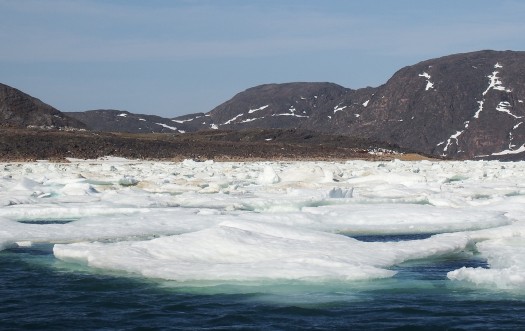
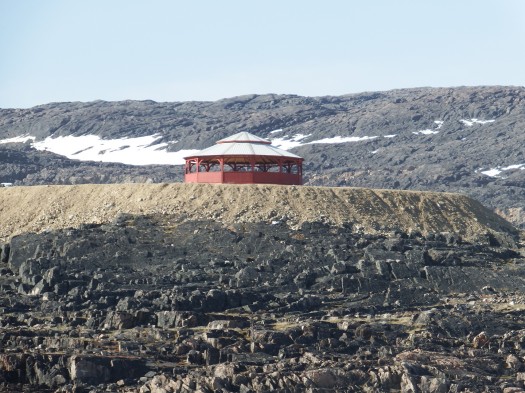
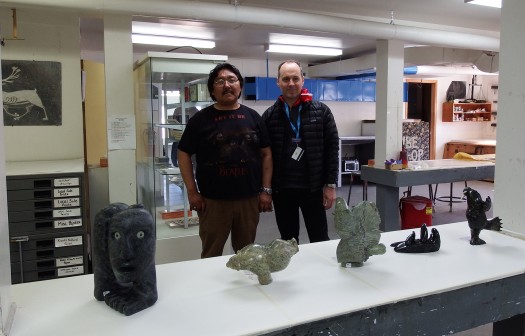
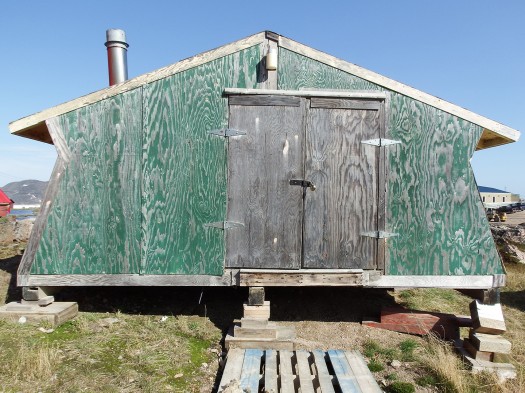
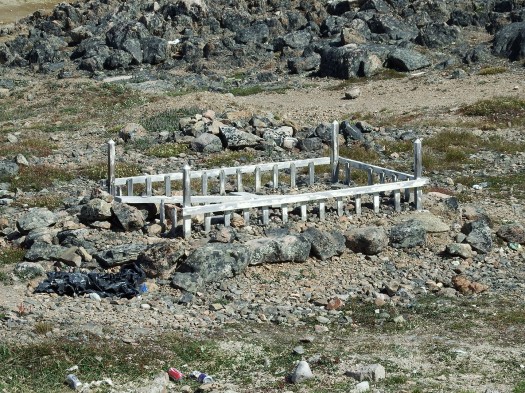
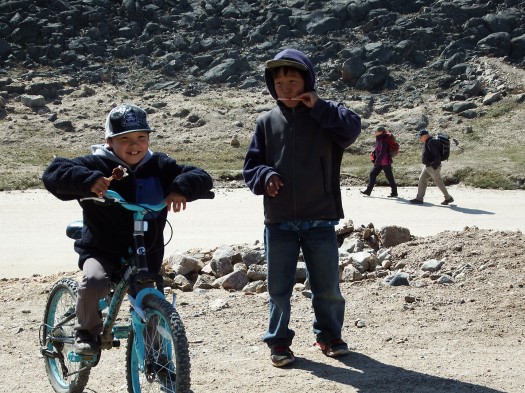
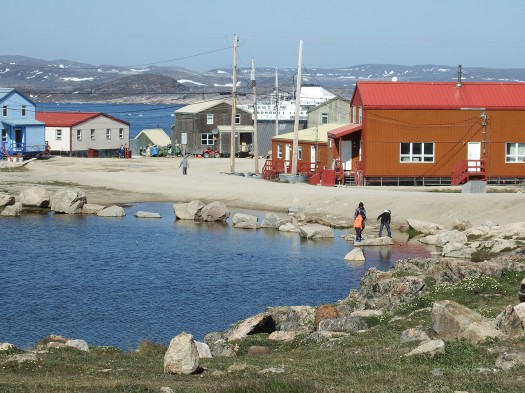
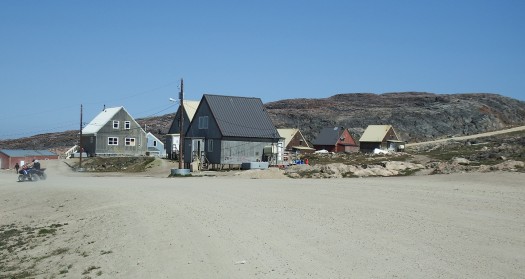
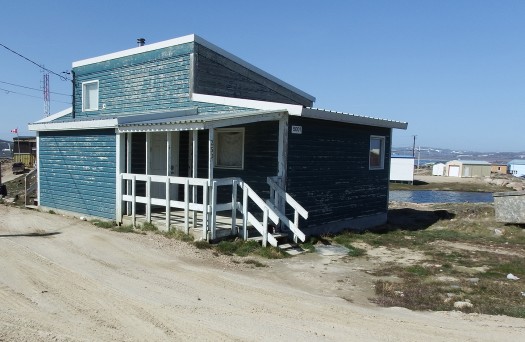
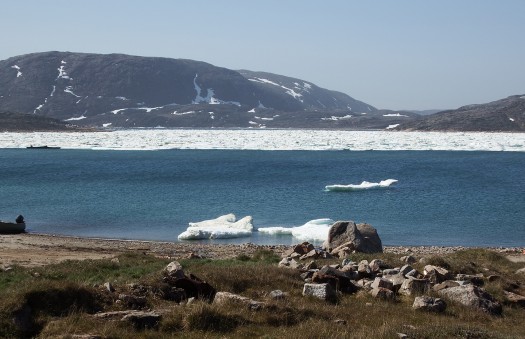
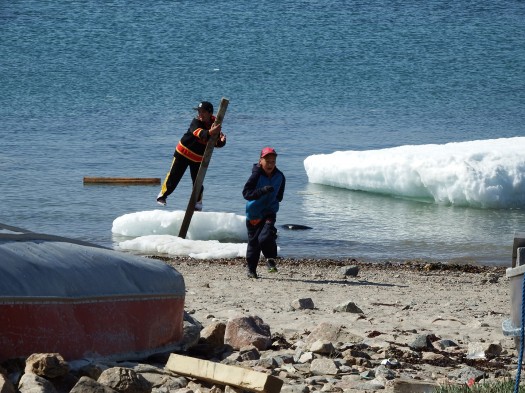
To read the entire Heart of the Arctic series, go here.
–Hazel Borys
If PlaceShakers is our soapbox, our Facebook page is where we step down, grab a drink and enjoy a little conversation. Looking for a heads-up on the latest community-building news and perspective from around the web? Click through and “Like” us and we’ll keep you in the loop.









